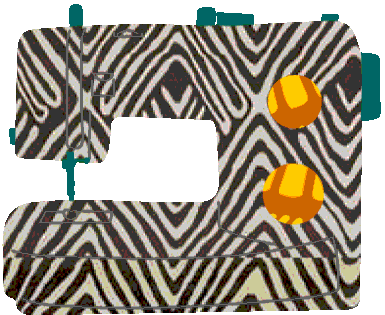Demand, quality and industrialization
Demand, quality and industrialization
We have a great need as humans: dressing. And to meet that need, we need clothes. Needs define the demand. In each neighborhood, there are small sewing workshops that offer their services to dress the population. But in the field of clothing, as in most sectors, we often pay attention to quality. This explains the success of some tailors. Otherwise, all these service providers would make the same turnover. To satisfy the demand, we must therefore opt for quality.
Demand is related to quality. These are two concepts that go hand in hand. But in which case should one tolerate products of poor quality?
Value for money: industrialization as a solution?
Generally, we do not appreciate poor quality. Most of the time, it's even enough reason to change service providers. But in some situations, we are forced to cooperate with less qualified providers because we get better prices with them. This is the same observation that is made at the level of loincloths. Some loincloths are very expensive, and are not generally available to everyone. Or they are reserved for special occasions. Other loincloths are sold at minimal cost. But most of the time, these cheaper loincloths are not made in Africa. They come from far-flung places like China where labor is skilled and cheaper. In addition, China is a highly industrialized country.
Many factors explain the fact that one product is more or less expensive than another. Industrialization is precisely one of the factors that comes into play most often. Thanks to industrialization, it is possible to design a large quantity of products in a short time. This allows you to have both quality products, but also at affordable prices. But the implementation of technological solutions usually requires a cost.
Ethiopia: future textile manufacturing center in Africa
Ethiopia has understood the importance of industrialization for the development of the fashion and textile industry. In recent years, this country which is the second most populated of Africa makes all the necessary to be the leader of the industrial parks in Africa. These parks stretching over hundreds of hectares were initially designed to attract labor in the textile and clothing sector. To date, Ethiopia has 6 industrial parks, and expects to have twenty by 2020. These infrastructures should not only allow the country to create several jobs, but also to increase its productivity. With regard to the Adama Park, for example, the Ethiopian state is counting on the creation of more than 15 000 direct jobs and over 15 000 indirect jobs, for a total of 30 000 jobs. The Dire Industrial Park, which will also help improve access to employment, will create 10 000 jobs for the government, according to Dr. Belachew Mekuria, the new Director of the Investment Commission of Ethiopia. But to become the "manufacturing hub in Africa", Ethiopia must invest a lot of money. For the construction of the Kombolcha Industrial Park, for example, the works were estimated at $ 90 million. Support from financial and institutional partners is needed to implement projects of this magnitude. While clothing made in Ethiopia represents only 0.01% of international exports, this area is growing rapidly.
In the textile sector, the quality of the garment is not enough to make the reputation of a country. It is also necessary to take into account how the workers are treated, as well as the impact of factories on the environment. For Ethiopia, which wants to comply with international standards, it is therefore a real challenge. And once this challenge is met, Ethiopia will definitely be able to add its name and the African continent to the global map of the textile industry. According to a McKinsey survey to 40 textile companies, almost one in three companies plans to relocate part of its production to Ethiopia in the next five years. This is the sign of a bright future.
